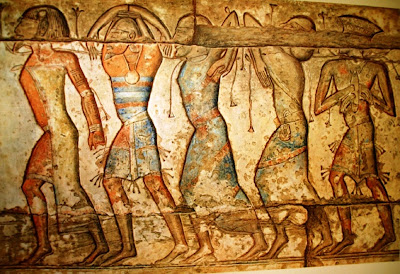COVID-19: Plea for a Halachic Edict Forbidding Minyan Participation
The point of this post in 10 seconds By participating in minyanim at this time, COLLECTIVELY we are: Multiplying human contact—and thus the spread of COVID-19 Extending period of societal shutdown, increasing suffering and death Over Shabbat, many of my friends and neighbors davened at home. But from my porch in Ramat Beit Shemesh, I saw men streaming to various minyanim. I could also see three shuls. One was closed, but two of them had minyanim. One of those had all the windows open, and I understand that they made efforts to daven with space between them. Separately, I saw a neighbor hosting a minyan in his garage. Granted this is a very limited sample size, but I think it's safe to say that a large number of minyanim were being held throughout town and across the country, some taking greater precautions than others. Why is minyan a problem? When we have a minyan in shul, we're in an enclosed space with others, potentially up to 1-2 hours. Standing 2 meters ...



